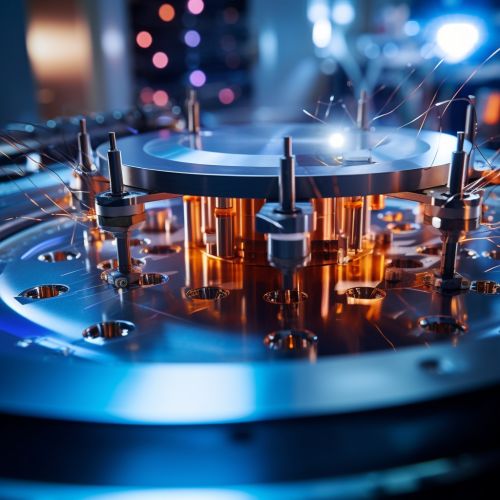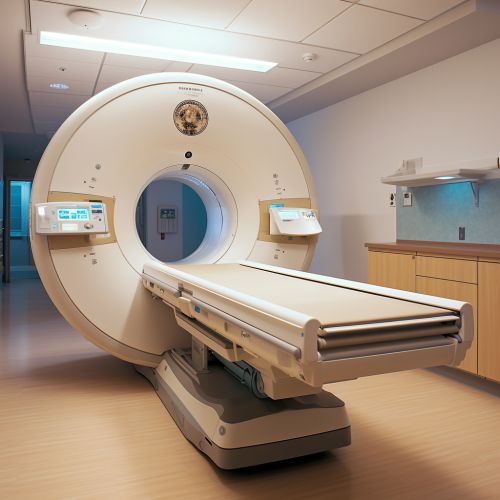Superconductivity
Introduction
Superconductivity is a quantum mechanical phenomenon where certain materials exhibit zero electrical resistance and the expulsion of magnetic fields when cooled below a characteristic critical temperature. This state, first discovered in mercury by Heike Kamerlingh Onnes in 1911, has been observed in many physical systems, including metals, alloys, ceramics, and certain organic compounds.
Discovery and Early Research
The discovery of superconductivity was a result of research into the properties of metals at low temperatures. In 1911, Onnes discovered that the electrical resistance of mercury abruptly disappeared below a certain temperature, which he termed the critical temperature. This discovery was followed by the observation of the same phenomenon in other metals and alloys, leading to the realization that superconductivity was a general property of matter.
Theoretical Understanding
The theoretical understanding of superconductivity began with the London brothers’ equations in 1935, which provided a phenomenological description of the Meissner effect, where a superconductor in a magnetic field expels the magnetic field from its interior. However, a comprehensive theory of superconductivity did not emerge until 1957, when John Bardeen, Leon Cooper, and Robert Schrieffer proposed the BCS theory. This theory, which describes superconductivity as a state in which electrons form pairs, known as Cooper pairs, that move through the lattice without scattering off impurities or lattice vibrations, has been remarkably successful in explaining the properties of conventional superconductors.
Types of Superconductors
Superconductors can be broadly classified into two types: Type-I and Type-II. Type-I superconductors are those that exhibit a complete Meissner effect, meaning they expel all magnetic fields. They also undergo a sharp transition to the superconducting state at their critical temperature. Type-II superconductors, on the other hand, allow some penetration of the magnetic field in the form of vortices and exhibit a gradual transition to the superconducting state.
Applications
Superconductors have a wide range of applications, from large-scale uses such as MRI machines and power transmission lines, to small-scale uses in digital circuits and sensitive magnetic field detectors. The zero electrical resistance of superconductors makes them ideal for long-distance power transmission, while their ability to produce strong magnetic fields is used in MRI machines and particle accelerators.
Challenges and Future Directions
Despite the many applications of superconductors, their use is limited by the need for cooling to low temperatures. The discovery of high-temperature superconductors in 1986 raised hopes for room-temperature superconductivity, but despite intensive research, this goal remains elusive. The search for new superconducting materials and the development of techniques to raise the critical temperature continue to be active areas of research.
See Also












